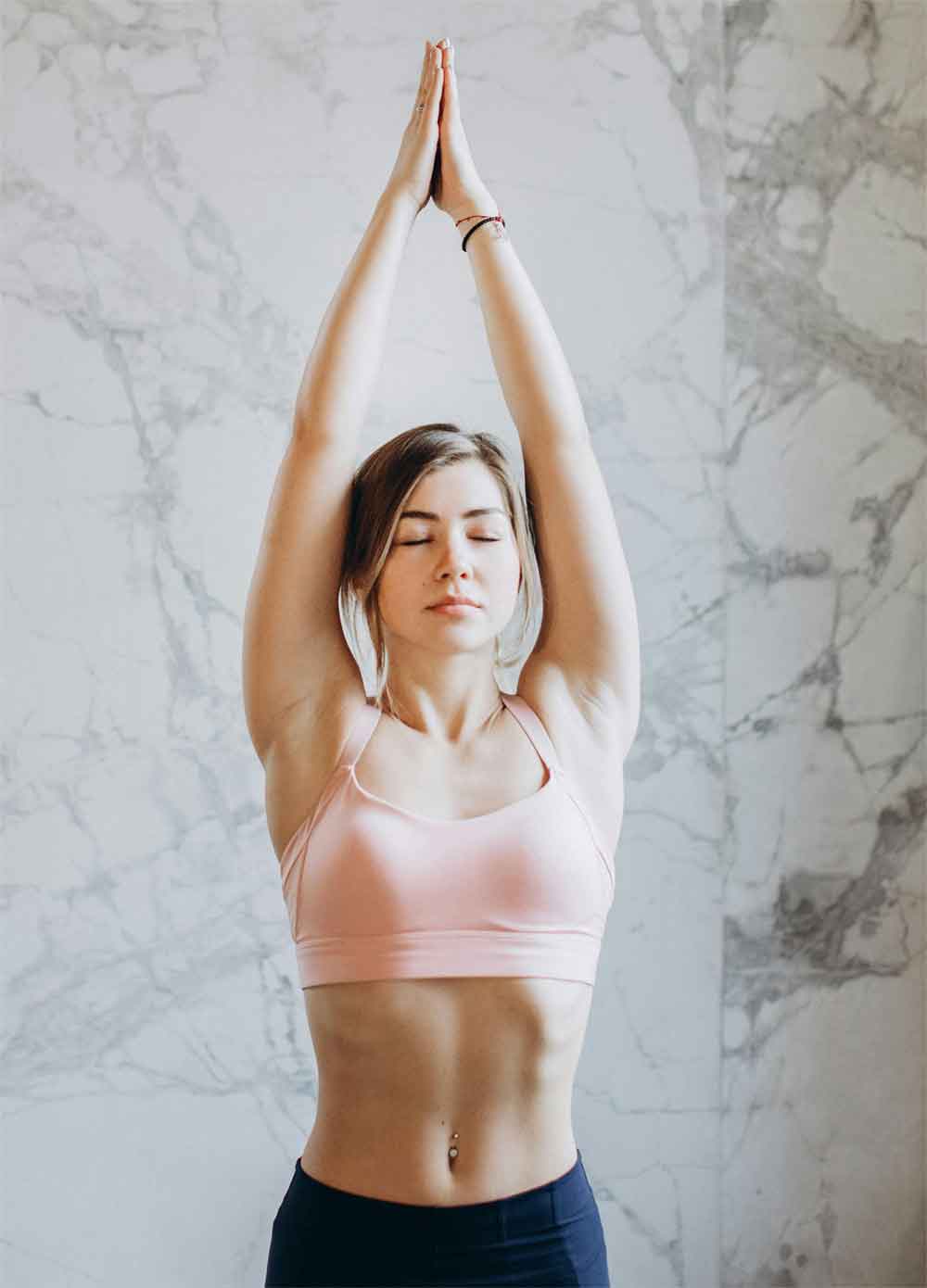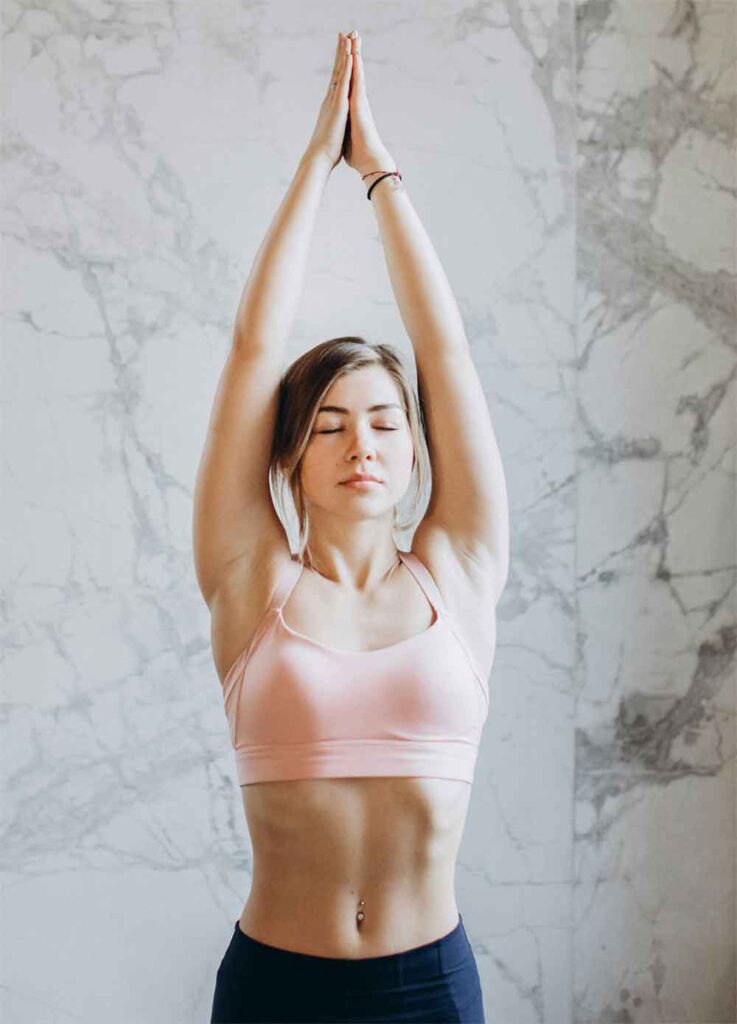
Sun Salutation, or Surya Namaskar, is a traditional yogic practice that is considered very powerful for developing both physical and mental health. Basically, It is a series of 12 potent yoga asanas of ancient Indian origins and guarantees that practitioners can reap many benefits if they perform the poses correctly, paying attention to the form and technique.
Furthermore, Surya Namaskar is a holistic meditation technique that balances the body, breath, and mind in addition to being a physical workout. Though it can be practiced at any time of day, it is generally performed at dawn, facing the rising sun. The twelve distinct yoga asanas that make up the practice each have a distinct advantage that enhances a person’s overall health. From improving flexibility to promoting relaxation, its benefits are immense.
Benefits of Surya Namaskar :
Physical Benefits of Surya Namaskar
Regularly performing Surya Namaskar has numerous bodily advantages. The sequence of postures known as asanas (or poses) that make up Surya Namaskar help to improve muscle tone, flexibility, and general strength of the body. It works all the major muscle groups, increasing metabolism and stamina while serving as a complete workout.
Mental Benefits of Surya Namaskar
Surya Namaskar not only promotes physical health but also mental health. This exercise reduces stress and increases relaxation through coordinated breathing and movement patterns. Surya Namaskar practice on a regular basis also helps to improve focus, mental clarity, and emotional equilibrium.
Preparing for Surya Namaskar
Making the appropriate preparations is a must before performing Surya Namaskar. Pick a time of day that works best for you, ideally early in the morning or early evening. To practice, find a clean, quiet area that faces east if possible. Also, wear comfortable and breathable clothing that allows free movement of the body.
Step-by-Step Guide to Surya Namaskar
1.Pranamasana (The Prayer Pose)
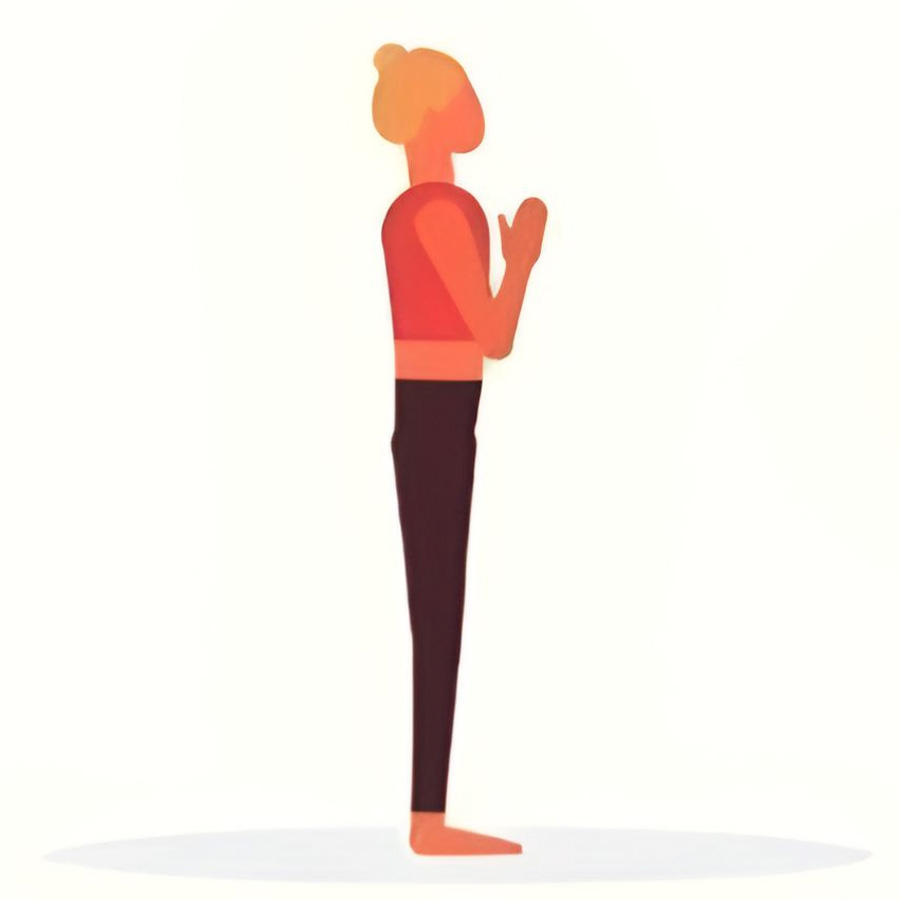
- With your feet together and your hands in the Anjali Mudra (Namaste) in front of your chest, stand at the front of your mat.
- Focus on centering yourself while maintaining a regular breathing pattern.
2.Hastauttanasana (The Raised Arms Pose)
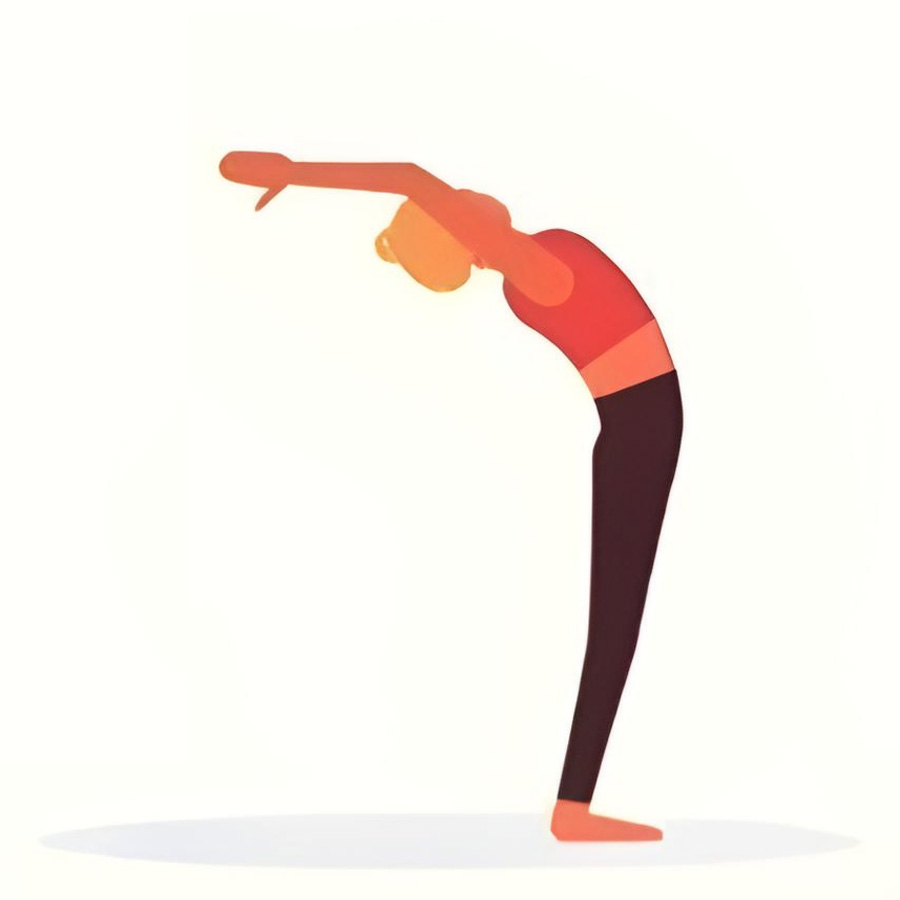
- Breathe in, raise your arms, arch your back, and extend your entire body.
- Make sure your eyes are looking up and your biceps are close to your ears.
3.Hasta Padasana (The Hand to Foot Pose)
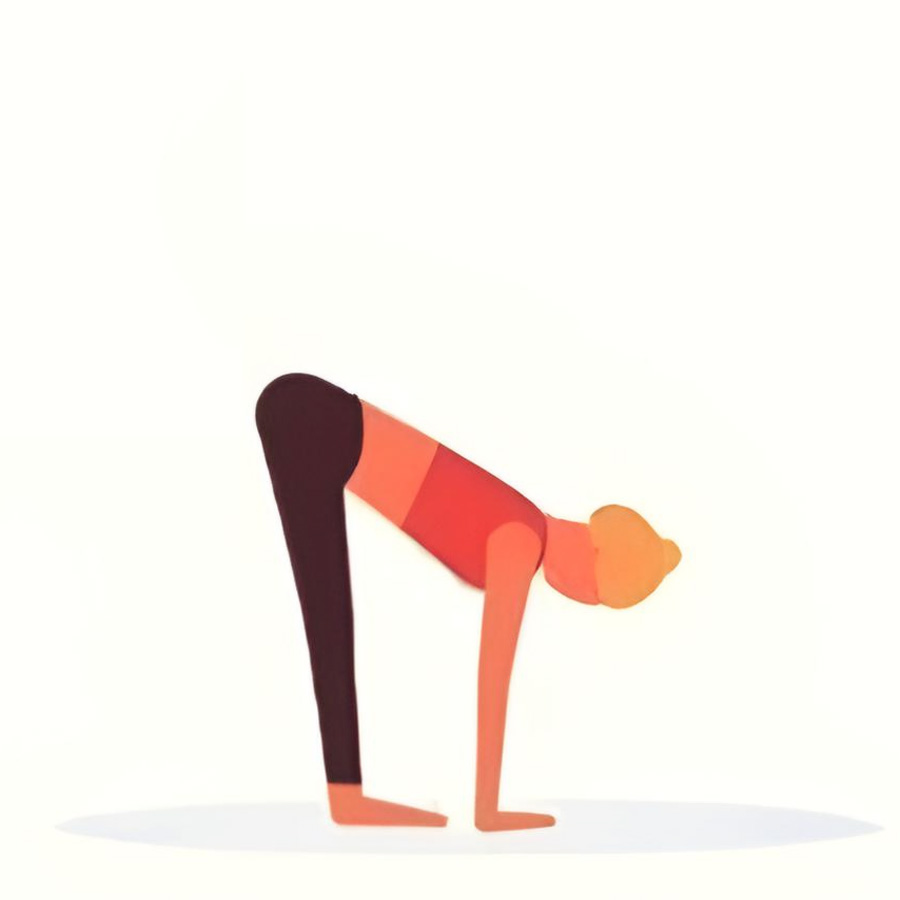
- Breathe out, bend from the waist, and place your hands on the floor next to your feet while maintaining a straight spine.
- Try to keep your legs as straight as you can while aiming to touch your palms to the floor.
4.Ashwa Sanchalanasana (The Equestrian Pose)
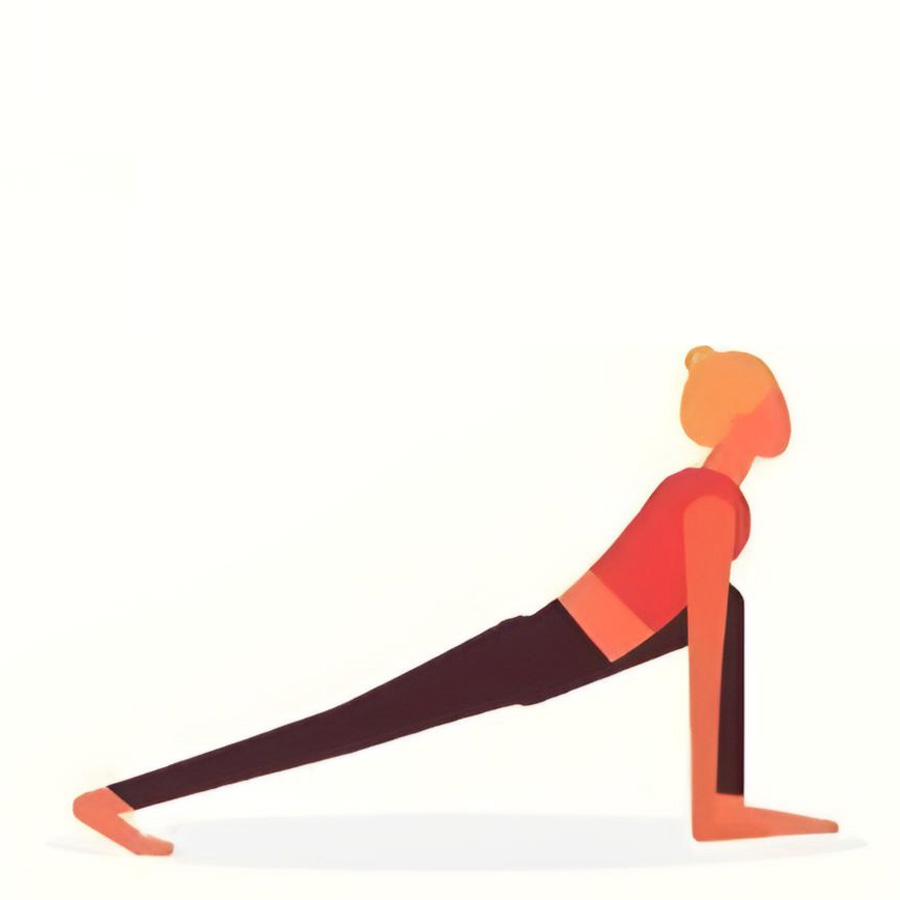
- Taking a deep breath, step back with your right leg, knee on the ground, and face skyward.
- Make sure your left foot is firmly planted on the ground and your left knee is at a right angle.
5.Dandasana (The Stick Pose)
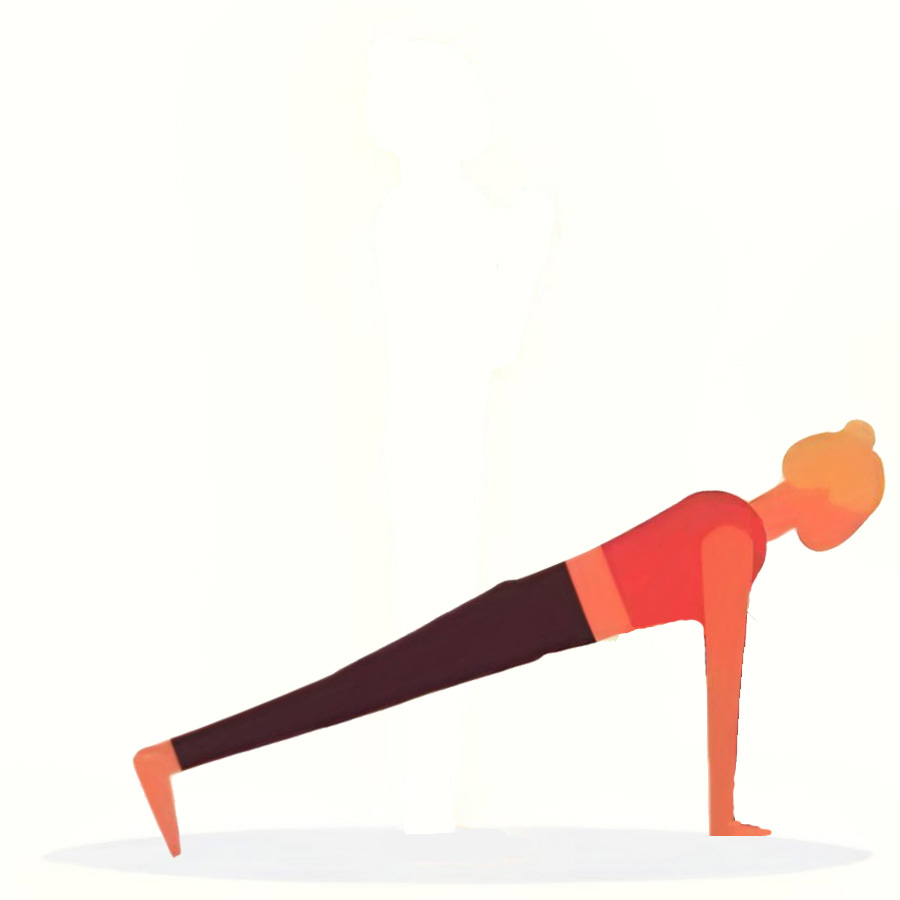
- Exhale and bring your left leg back inline with your right leg so that your body forms a straight line.
- Maintain a straight body from head to heels and your arms perpendicular to the floor.
6.Ashtanga Namaskara (The Salute with Eight Parts)
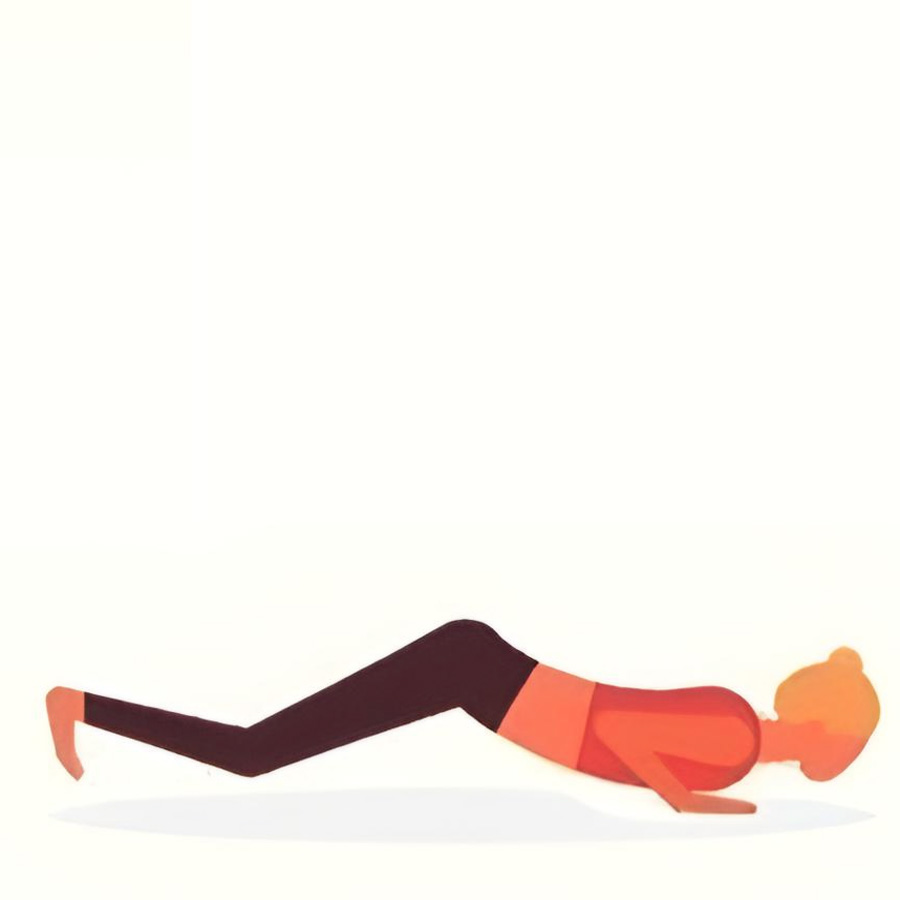
- As you slowly exhale, make eight points of contact with the floor with your knees, chest, and chin.
- With your hips slightly lifted, just your hands, chest, knees, and feet should make contact with the ground.
7.Bhujangasana (The Cobra Pose)
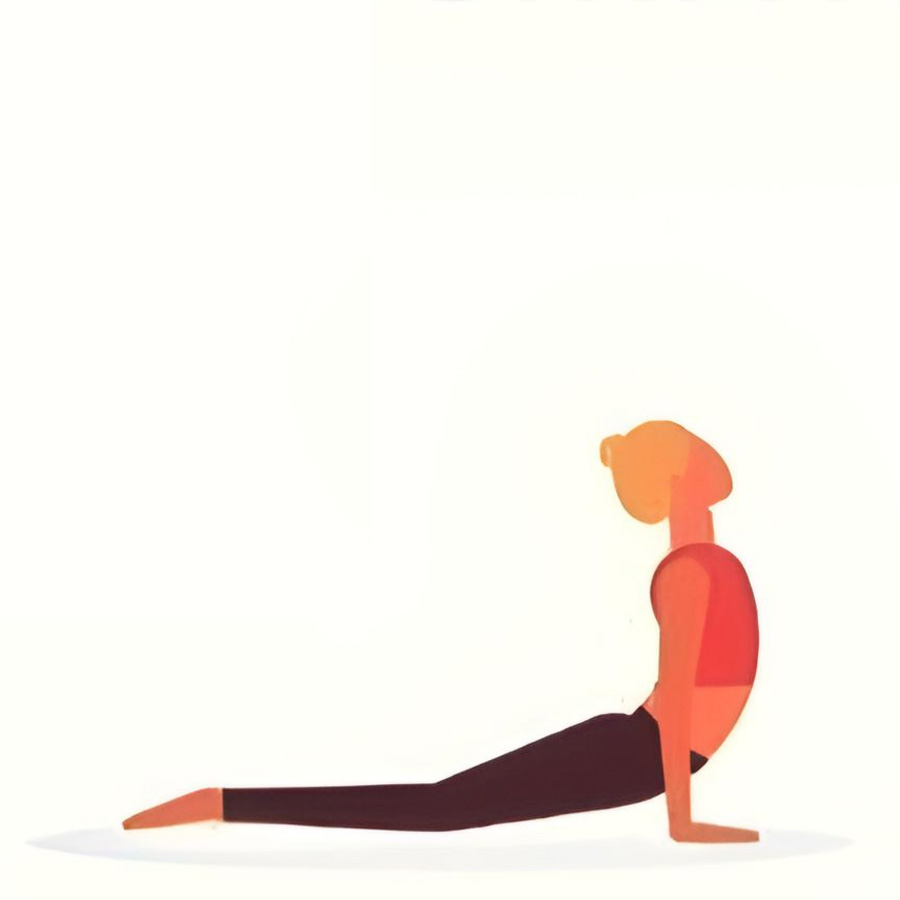
- Keeping your navel on the floor, take a breath and slide forward, lifting your chest and looking upward.
- Keep your shoulders away from your ears and contract your back muscles.
8.Adho Mukha Svanasana (The Downward-Facing Dog Pose)
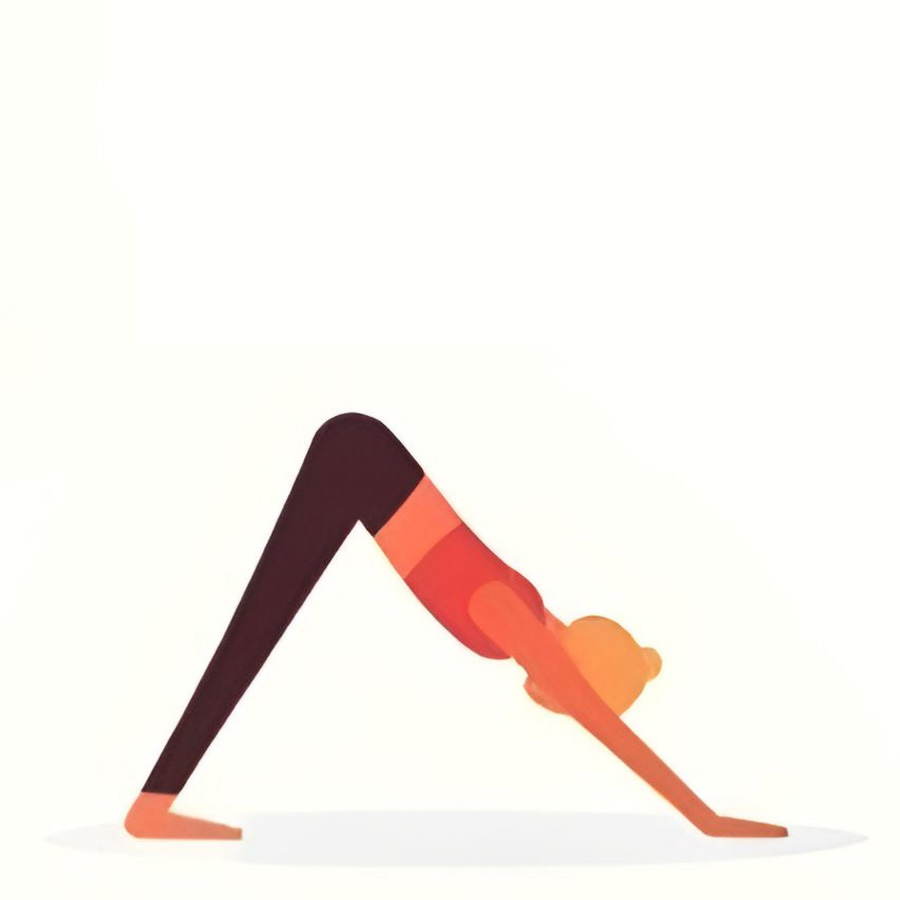
- Exhale and raise your tailbone and hips to create an inverted V with your body.
- Maintain a hip-width distance between your feet and your hands while keeping your heels pressed into the ground.
9.Ashwa Sanchalanasana (The Equestrian Pose)
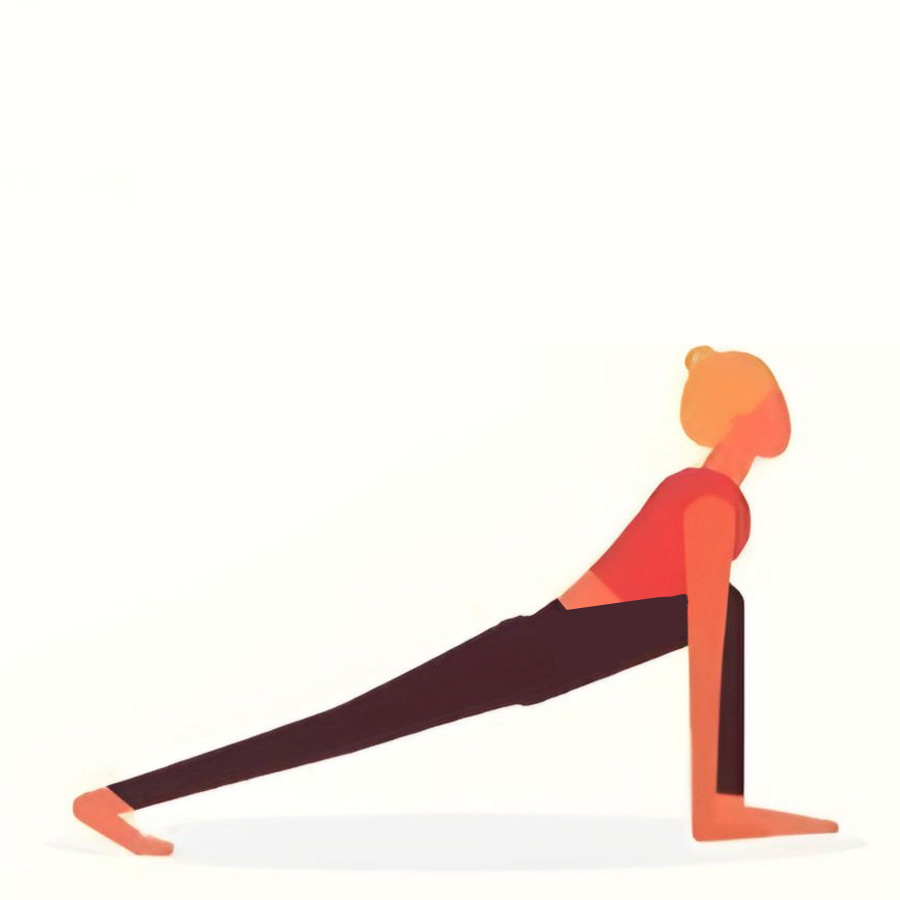
- Taking a breath, place your right foot between your palms while keeping your left knee on the floor and gazing upward.
- Make sure your right foot is firmly planted on the ground and your right knee is at a straight angle.
10.Hasta Padasana (The Hand to Foot Pose)

- Exhale and bring your left foot forward to meet your right foot, straightening your legs and folding at the waist.
- Keeping your hands flat on the floor, try to fold further and bring your forehead toward your knees. However, always ensure the spine is straight.
11.Hastauttanasana (The Raised Arms Pose)

- Inhale, lift your arm, and stand up. Bend your back slightly.
12.Tadasana (The Mountain Pose)
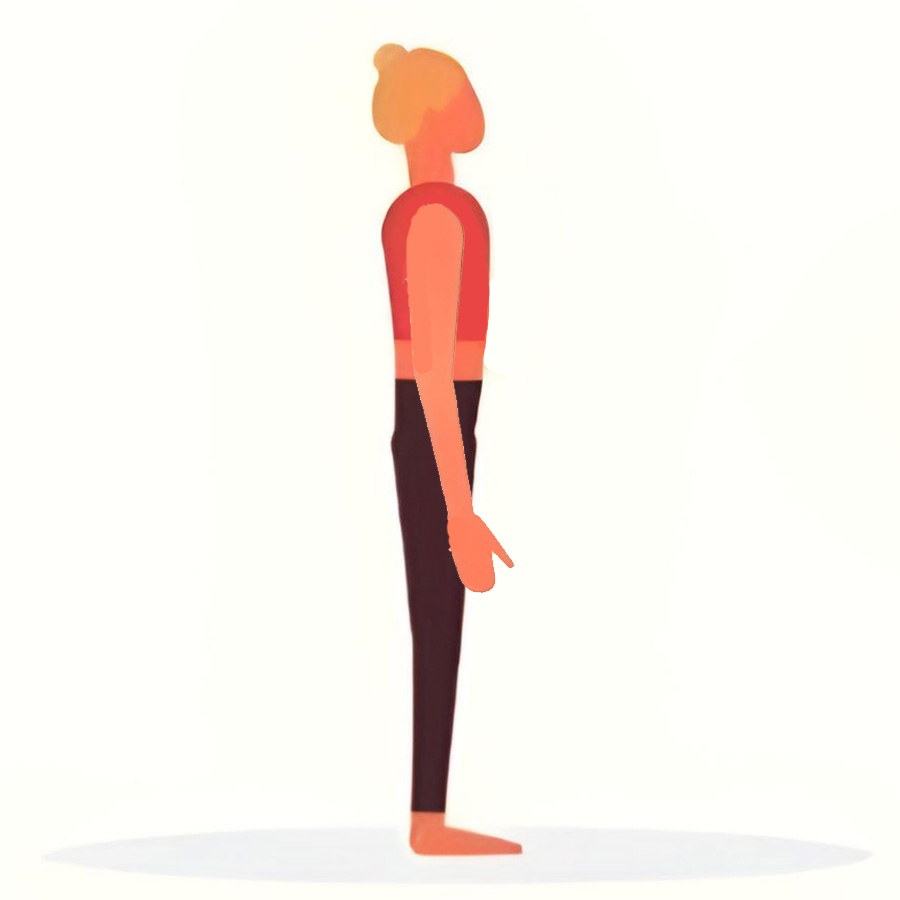
- Exhale and slowly bring your arms down and relax.
- Observe your body sensations and see how you are feeling at the moment.
- (This pose is also known as Samasthiti.)
This makes one set of Surya Namaskar. Continue again with sides changed at step 4 and step 9, since you moved your right leg back at step 4, this time move your left leg back. Similarly, at step 9, bring your left foot in between your hands instead of right foot. And this completes a round of Surya Namaskar practice!
Tips : Do not go too harsh on yourself if you are just starting out this practice. Gently, try to maintain your posture and ensure your breathing is in sync. Try with less sets everyday and eventually increase the practice.
Contraindications for Surya Namaskar
Although there are many advantages of Surya Namaskar, there are also some contraindications to be aware of. People with certain physical restrictions, such as joint or back issues, should proceed cautiously with the practice and seek adjustments as needed. In order to protect their safety and wellbeing, anyone with specific medical issues, such as high blood pressure or hernias, should speak with a healthcare provider before participating in Surya Namaskar.

